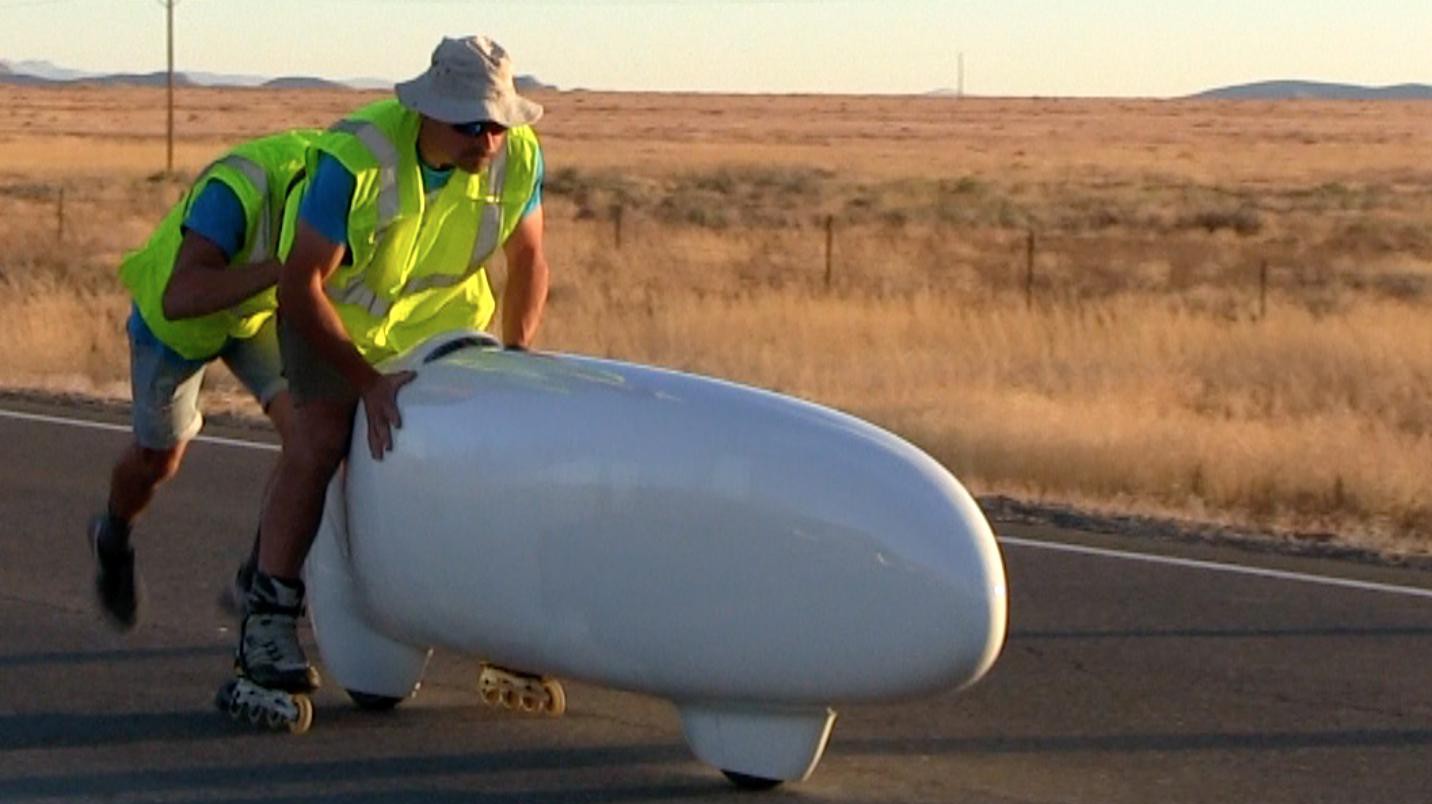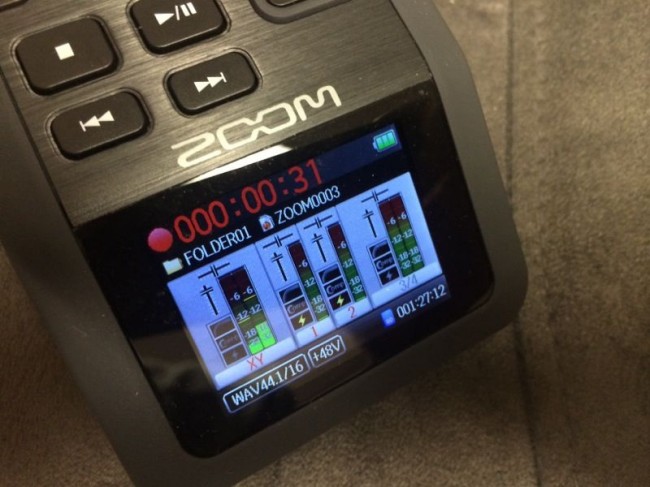

Over the years I’ve used the same setup or similar setup to my colleagues, either directly recording in Jitter or by using syphon. Now might be a good time to brush up on the difference between matrices and textures, texture output, or even what is a texture. This will send the window content out the jit.world’s first outlet as a matrix or texture. If your patch’s render-context and window is handled by the jit.world object (which it should be), then you simply need to enable or depending on which recording technique you are using (more on that below). Fortunately the latter case has an easy solution, jit.world. However if the content is OpenGL geometry objects ( jit.gl.mesh, jit.gl.gridshape, etc), or a scene post-processed with jit.gl.pass, it’s not always easy to identify. If the content is a chain of textures or matrices, it’s simply a matter of taking the output from the last object in the chain.
#Avrecorder recording skips Patch
In most cases the answer is: “exactly what I see in my window.” OK, sure – but we need to locate exactly which object or patch-cord in our patch is drawing to the window. Although not all records are in the same shape, these two techniques should help reduce the amount of skipping, cracking and popping that may be present in your records.Before we dive into the many ways to record Jitter output, let’s take a step back and first identify what we’re trying to record. These techniques are especially useful for LP to CD or digitizing vinyl records, especially for rare releases that you can no longer find. DJs often use the trick of placing small objects such as coins, nuts or bolts on their headshell, which helps prevent skipping during heavy scratching. If done properly, this will create a new groove for which the needle to pass through, which should not pop or skip any longer. One method is to gently create, or recreate the groove by lightly applying pressure to the needle as it passes over the damaged area. If you’ve come to the conclusion that the grooves have been damaged in some way, it can be very tricky to fix. Compressed air will also help to dislodge any dirt or dust that may inhabit the grooves. If this doesn’t work, try moving on to something with more rigidity. To do this, try using something soft, such as a cotton swab to gently lodge it free. If you found a foreign object blocking the path of the grooves, it must be removed the the record to play properly. The second issue is when the grooves of the record are damaged or collapsed, which will cause the needle jump forward as soon as it hits the damaged area, or when a foreign object gets lodged in between the grooves, which will also prevent the needle from passing through smoothly, resulting in a loud pop and skipping. However, in the present, most modern turntables have an adjustable knob which will accomplish the same thing, without the need for a coin. Back in the old days, a quick fix for this problem was to affix a penny, nickle or other small coin to the top of the arm, where the needle is, in order to add some extra weight and pressure where the needle touches the grooves.

The first is when there is insufficient pressure on the arm itself, causing the needle to jump to place to place. The cause of record skipping usually boils down to a couple of different types of problems. To combat the issue of skipping, you first must figure out the cause of the skip. This is a common problem when attempting to convert records to CD or MP3 files. One of the main problems of older records are that they skip, or have lots of crackling and popping when playing. Some of these problems can be remedied, while others, are permanent. Records can suffer from all sorts of deterioration, much of it causing unwanted skipping or audio distortion. Vinyl records certainly were not the most durable forms of media we’ve ever had, but they sure do sound great when in good condition.


 0 kommentar(er)
0 kommentar(er)
